Property Management: A Higher Standard
Building Owners and Managers International (BOMA) is pleased to introduce the new Certified Manager of Commercial Properties (CMCP), a certification designed for early-career property professionals who are looking to validate their industry knowledge and take their careers in commercial real estate to the next level. 
As the only certification of its kind in the industry, the CMCP instantly communicates your ability to be an effective commercial property manager and your strong understanding of the responsibilities of the role. Earning the CMCP certification is the first step in building a successful career in commercial real estate.
CMCP Advantages
- Offers recognition in one’s career (typically 1-5 years of experience)

- Validates foundational knowledge in key areas of property management
- Evaluates readiness for additional training, responsibilities, and career advancement
- Quickly assists employers with on-boarding new property managers and assessing industry knowledge and career potential
- Backed by BOMA and BOMI Ceritification, Inc., the leaders in commercial real estate education training
Eligibility Requirements
- Four-year degree and 1 year of property management experience, or
- Two-year degree and 2 years of property management experience, or
- No degree and 4 years of property management experience, and
- 30 hours of verifiable education in commercial property management

CMCP Exam
- Exams offered at multiple testing centers throughout the U.S. and internationally
- Exam questions reflect body of knowledge for property management developed through market research and a Job Task Analysis conducted by BOMA and BOMI
- Membership in BOMA is not required
- Registration is $675, which includes application and exam fees and a candidate handbook.
Learn more about the CMCP certification and get on the early access list for more information at www.CRECI.org.




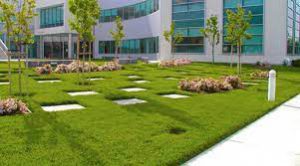

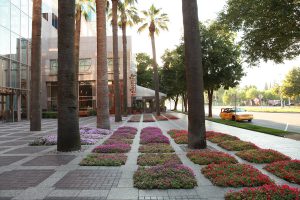






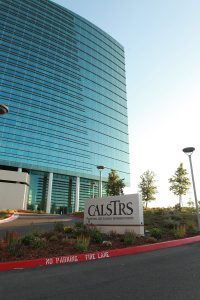




 oots and saves 16-50 gallons per day.
oots and saves 16-50 gallons per day. 
 easy to grow and require minimal maintenance to retain their sculptured appearance. It was crowned the 2001 Perennial Plant of the Year and continues to be timeless.
easy to grow and require minimal maintenance to retain their sculptured appearance. It was crowned the 2001 Perennial Plant of the Year and continues to be timeless. 

 its dance. Native to Australia, it was further developed in New Zealand to include numerous cultivars. As an excellent visual enhancement to your landscape, Lomandra grass can’t be beaten in most of our temperate and warm climates.
its dance. Native to Australia, it was further developed in New Zealand to include numerous cultivars. As an excellent visual enhancement to your landscape, Lomandra grass can’t be beaten in most of our temperate and warm climates. 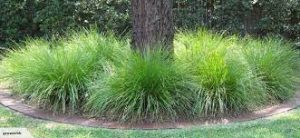 hat the grasses get damaged due to frost, wind, or time, cut them back 6 to 8 inches from the ground, and the foliage will spring back to life as beautiful as the first time.
hat the grasses get damaged due to frost, wind, or time, cut them back 6 to 8 inches from the ground, and the foliage will spring back to life as beautiful as the first time. 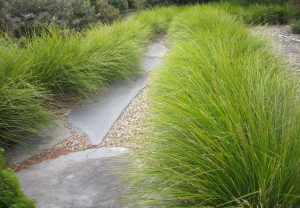
 during cold weather conditions, although it may not appear like it on the surface.
during cold weather conditions, although it may not appear like it on the surface. 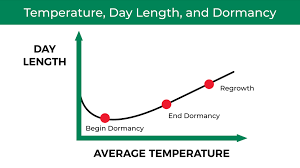 nd sunlight. Prolonged periods of darkness and chilly temperatures signal your plants that it is time to become dormant.
nd sunlight. Prolonged periods of darkness and chilly temperatures signal your plants that it is time to become dormant. 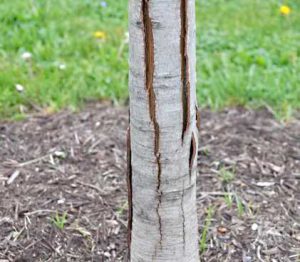
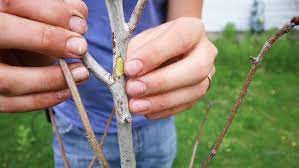


 aeration breaks up compacted soil, which, in turn, allows water and fertilizer to permeate deeply into the root area. Grassy areas that frequent heav
aeration breaks up compacted soil, which, in turn, allows water and fertilizer to permeate deeply into the root area. Grassy areas that frequent heav
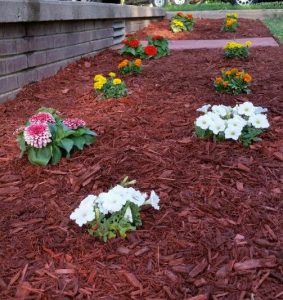 aw hay.
aw hay.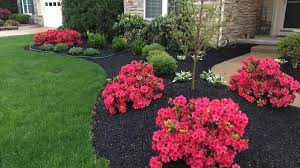 choice for property managers, building owners, or homeowners, so most don’t hesitate to pay a slightly higher up-front price for this mulch.
choice for property managers, building owners, or homeowners, so most don’t hesitate to pay a slightly higher up-front price for this mulch.  in a single growing season. Planting seasonal and annual colors displays a positive impression and keeps your property looking fresh all year round.
in a single growing season. Planting seasonal and annual colors displays a positive impression and keeps your property looking fresh all year round. depending on the time of year. It is also important to choose plants based on other factors, including soil type and sunlight and shade conditions that change season to season. This is done to ensure the longest lifespan possible from the annuals.
depending on the time of year. It is also important to choose plants based on other factors, including soil type and sunlight and shade conditions that change season to season. This is done to ensure the longest lifespan possible from the annuals. Alyssums, Vincas, or Dianthus. The Fall/Winter will consist of Poppies, Paludosums, Pansies, Dusty Millers, Violas, and Primulas, and Cyclamens. Our recommendations will give your outdoor areas texture, height, and variety, while at the same time doing our best to cater to your preferences.
Alyssums, Vincas, or Dianthus. The Fall/Winter will consist of Poppies, Paludosums, Pansies, Dusty Millers, Violas, and Primulas, and Cyclamens. Our recommendations will give your outdoor areas texture, height, and variety, while at the same time doing our best to cater to your preferences.